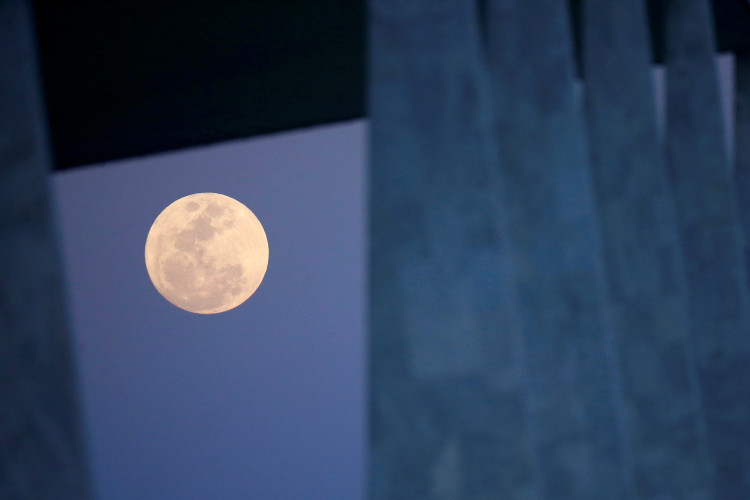Due to COVID-19 constraints, Halloween may look different this year, but a cool spooky spectacle will finish off a month of spectacular skywatching: a magnificent second full moon in a month.
The blue moon is the full moon that will be visible on Oct. 31, and it is the second full moon of the same month - following the Oct. 1 to Oct. 3 harvest moon. And as a special treat, for the first time since World War II, the 2020 Halloween full moon will be visible to the whole world, rather than just portions of it.
Here's what you need to know about this often misunderstood term:
What's a Blue Moon?
Monthly Blue Moon: The second full moon in a calendar month featuring two full moons.
Seasonal Blue Moon: the third full moon of the astronomical season (the period between the equinox and the solstice, or vice versa) with four full moons. This is the original scientific description.
Why do we have two full moons in October?
There was a full moon on Thursday, Oct. 1, 2020 - the "Harvest Moon." On Saturday, Oct. 31, 2020, the date of Halloween, there's also a full moon, the "Hunter's Moon."
It's because the moon takes 29.53 days to complete one full Earth orbit, meaning it can return to that single phase in only a month's time. 12 x 29.53=354.36 days, which is a lunar year.
How is it possible to have 13 moons in the same year?
There's an additional full moon for 2020. Since a lunar year is 354.36 days and the Sun's orbit around the Earth takes 365.25 days, there is a break every two or three years (precisely 2.7 years, on average) that makes one additional full moon in a year, totalling 13 full moons.
If that happens, that's what's called a "Blue Moon."
According to Timeanddate.com, every two or three years, a "Blue Moon" or one or another type occurs, but a monthly "Blue Moon" is slightly more common.
In fact, February, which only lasts for 28 days (or 29 days, as in 2020, which is a leap year), is the only month when a monthly "Blue Moon" cannot occur, so February occasionally doesn't even have one full moon.
What is a Blue Moon like?
It looks like a full moon like any other. Not blue at all. Nonetheless, that is to underplay what the moon looks like at the full moon date. Sure, it's nothing special when it's high in the sky, just a bright, white orb that is too startling to look at.
The full moon is a phenomenal sight, however, as it appears in muted oranges and yellows on the horizon at dusk in the east.





